Beginner’s Guide: How to Use an Inch Pound Torque Wrench

When it comes to working on mechanical projects, having the right tools is essential. One such tool that you might come across is an inch pound torque wrench. This tool is specifically designed to measure torque in inch-pounds, which is particularly useful for smaller or more delicate projects.
Using an inch pound torque wrench is not difficult, but it does require some basic knowledge and a few steps to ensure accurate results. In this guide, we will walk you through the process of using an inch pound torque wrench, from understanding its features to properly calibrating and using it for your projects.
Firstly, it’s important to understand the different parts of an inch pound torque wrench. Typically, it consists of a long handle, a ratcheting mechanism, and a gauge or display that shows the torque measurements. Some models may also have additional features such as audible or visual indicators to signal when a certain torque level is reached.
Before using the torque wrench, you should check the manufacturer’s instructions to determine the appropriate torque specifications for your specific project. These specifications are usually provided in inch-pounds or foot-pounds, depending on the tool and the project. Using the wrong torque can result in over-tightening or under-tightening, which can lead to damage or failure of the equipment.
Basics of Torque Wrenches
A torque wrench is a specialized tool used to apply a specific amount of torque to a fastener, such as a nut or bolt. It is commonly used in various industries, including automotive, aviation, construction, and manufacturing. Understanding the basics of torque wrenches is essential to ensure proper fastening and prevent damage or failure of mechanical components.
Types of Torque Wrenches
There are several different types of torque wrenches available, each with its own unique features and applications. The most common types include:
- Click-Type Torque Wrench: This type of torque wrench is the most common and works by applying torque until a specific value is reached. It produces an audible click or a physical release to indicate that the desired torque has been achieved.
- Beam-Type Torque Wrench: This torque wrench uses a calibrated scale and a deflecting beam to measure torque. It is a simple and reliable option, but it does not provide an audible or visual indication when the desired torque is reached.
- Digital Torque Wrench: This modern type of torque wrench provides a digital display that indicates the applied torque. It offers enhanced accuracy and may have additional features such as programmable settings and data logging capabilities.
How to Use a Torque Wrench
Using a torque wrench correctly is crucial to ensure accurate and consistent results. Here are some basic steps to follow:
- Select the appropriate torque wrench for the application. Consider the torque range, the required accuracy, and the type of fastener being used.
- Adjust the torque wrench to the desired torque value. This can usually be done by turning a handle or knob located on the wrench.
- Securely attach the correct socket or attachment to the torque wrench head.
- Place the socket onto the fastener and apply steady, even force to tighten or loosen it.
- Continue applying force until the torque wrench indicates that the desired torque has been reached. This may be indicated by an audible click, a visual release, a digital display, or a combination of these.
- Once the desired torque has been achieved, loosen the torque wrench and remove it from the fastener.
It is important to follow the manufacturer’s instructions and guidelines when using a torque wrench, as different models may have specific requirements or limitations. Regular calibration and maintenance of torque wrenches are also necessary to ensure their accuracy and reliability.
Conclusion
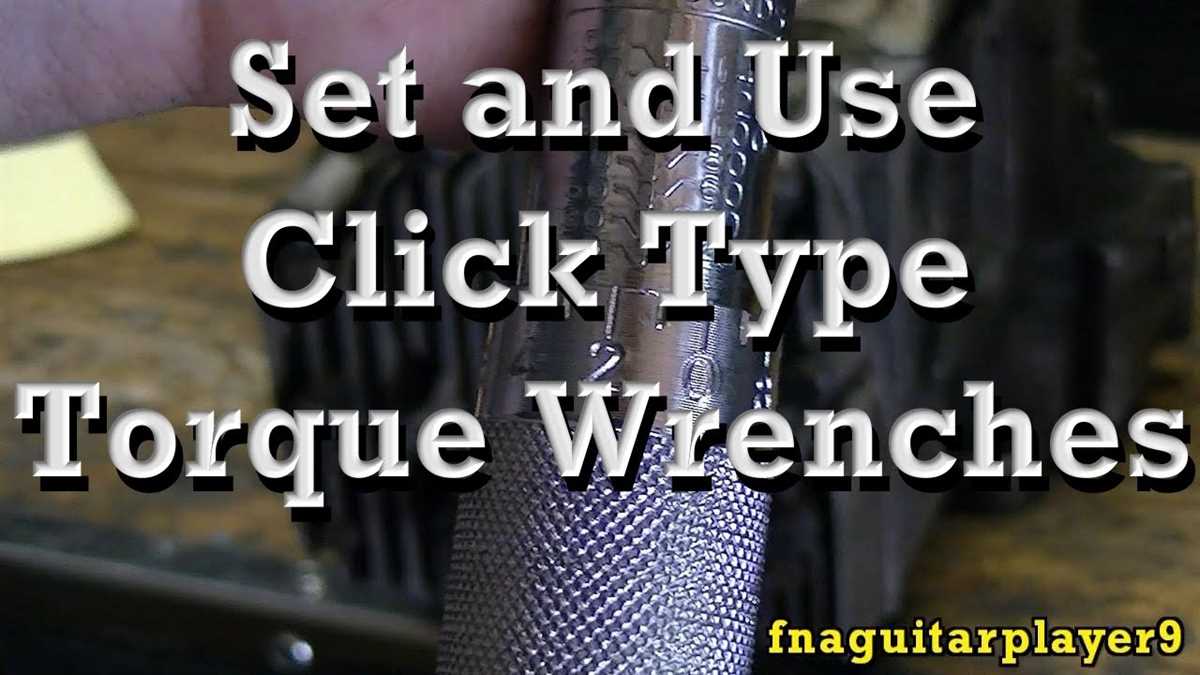
Torque wrenches are essential tools for achieving proper and consistent fastener tightening. By understanding the basics of torque wrenches, including the different types and how to use them correctly, users can ensure accurate and reliable results, prevent damage to equipment, and promote safety in various industries.
Understanding Inch Pound Torque Wrench
A torque wrench is a tool used to apply a specific amount of torque or twisting force to a fastener, such as a bolt or nut. Torque wrenches come in various types, one of which is the inch pound torque wrench.
An inch pound torque wrench is designed to measure torque in inch-pounds (in-lb) units. One inch pound is equal to the amount of torque required to rotate an object one inch from its center using one pound of force. This unit of measurement is commonly used for smaller and more delicate applications where precision is crucial, such as in the automotive and electronics industries.
The inch pound torque wrench typically consists of a long handle, a calibrated scale, and a mechanism that indicates when a preset torque value is reached. It is important to use the correct amount of torque when tightening fasteners to ensure proper tightness, avoid overtightening that can damage the fastener or the object being attached, and minimize the risk of loosening due to insufficient torque.
Using an inch pound torque wrench involves several steps:
1. Selecting the Correct Torque Value
Before using an inch pound torque wrench, it is essential to determine the appropriate torque value for the fastener you are working on. This information can usually be found in the manufacturer’s specifications or a torque chart.
2. Setting the Torque Value
Once the correct torque value is known, set the torque wrench to that value by adjusting the handle or scale. Some torque wrenches have a lock or latching mechanism to secure the set torque value.
3. Applying Torque
Attach the appropriate socket or driver to the torque wrench and position it on the fastener. Apply steady, even pressure to the handle in a clockwise direction until the torque wrench indicates that the set torque value has been reached. At this point, the wrench may emit a clicking sound or provide a visual indication, such as a pointer aligning with a marker on the scale.
4. Checking Torque
After tightening the fastener, it is advisable to double-check the torque applied using a torque wrench set to the same value. This can help ensure consistency and accuracy in the torque applied.
It is important to note that inch pound torque wrenches, like all torque wrenches, should be properly calibrated and maintained to ensure accurate torque measurement. Regular calibration is necessary to verify the accuracy of the tool and make any necessary adjustments. Additionally, following the manufacturer’s instructions for storage and usage can help prolong the lifespan of the torque wrench.
Using an inch pound torque wrench correctly can help prevent damage and ensure proper fastening in various applications. Understanding how to use and care for this tool is essential for anyone working with precision and torque-sensitive components.
Choosing the Right Inch Pound Torque Wrench
When it comes to working with inch pound torque wrenches, it’s important to choose the right one for your specific needs. Here are some factors to consider when selecting an inch pound torque wrench:
Type of Application
Consider the type of application you will be using the inch pound torque wrench for. Different torque wrenches are designed for different purposes, such as automotive, industrial, or household use. Determine the specific requirements of your application to ensure you choose the right wrench.
Torque Range
Check the torque range of the inch pound torque wrench. This refers to the minimum and maximum torque values that the wrench can measure. Ensure that the torque range covers the range of torque values needed for your specific application. It’s always better to choose a wrench with a slightly higher torque range to accommodate any future needs.
Accuracy
Accuracy is crucial when using a torque wrench, especially for precision applications. Look for a wrench that offers a high level of accuracy, typically measured as a percentage of the full scale reading. The lower the percentage, the more accurate the torque wrench is. A typical accuracy range for inch pound torque wrenches is around +/- 4%.
Type of Drive
The drive mechanism of the torque wrench is another important factor to consider. Common drive sizes for inch pound torque wrenches include 1/4″, 3/8″, and 1/2″. Choose a drive size that is compatible with the tools and accessories you will be using.
Quality and Durability
Investing in a high-quality inch pound torque wrench is essential for long-term use. Look for a wrench made from durable materials such as steel or alloy. Consider brands with a good reputation for producing reliable and long-lasting tools.
Price
Lastly, consider your budget when choosing an inch pound torque wrench. Prices can vary depending on the brand, quality, and additional features. Set a budget and look for wrenches that offer the best balance between quality and affordability within your price range.
By considering these factors, you can find the right inch pound torque wrench that meets your needs and ensures accurate and reliable torque measurements for your specific application.
Setting Up an Inch Pound Torque Wrench
Step 1: Familiarize Yourself with the Torque Wrench
Before using an inch pound torque wrench, it’s important to understand its basic components and features. Familiarize yourself with the handle, the torque adjustment mechanism, and the scale or gauge indicating the torque measurement.
Step 2: Choose the Correct Socket
Once you have a clear understanding of the torque wrench, select the appropriate socket size for the task at hand. The socket should fit snugly onto the fastener you will be tightening.
Step 3: Adjust the Torque Setting
Next, adjust the torque setting on the wrench to the desired inch pound measurement. This is typically done by rotating the torque adjustment mechanism until the desired value aligns with the indicator line on the handle.
Step 4: Practice Proper Technique
Using an inch pound torque wrench requires precision and proper technique for accurate torque application. Make sure to hold the wrench by the handle, align the socket with the fastener, and apply force smoothly and steadily until the wrench clicks or signals the desired torque level.
Step 5: Reset the Wrench after Each Use
After you have finished using the torque wrench, reset the torque setting back to its lowest value. This helps prolong the lifespan of the wrench and ensures accurate torque measurements for future use.
Step 6: Store Properly
When you’re done using the inch pound torque wrench, store it in a safe and dry location. Avoid exposing the wrench to extreme temperatures or humidity, which can affect its accuracy and performance.
Step 7: Periodic Calibration
It’s important to periodically calibrate your inch pound torque wrench to ensure its accuracy. This can be done by a professional calibration service or by using a torque wrench calibration tool. Regular calibration helps maintain the precision of the wrench and guarantees reliable torque measurements.
Following these steps will help you set up and use an inch pound torque wrench effectively and accurately. Always refer to the manufacturer’s instructions for specific information regarding your torque wrench model.
Proper Handling and Grip Techniques
Using an inch pound torque wrench requires not only proper technique but also careful handling to ensure accurate results and prevent damage to the tool. Here are some essential handling and grip techniques to keep in mind:
1. Firm Grip:
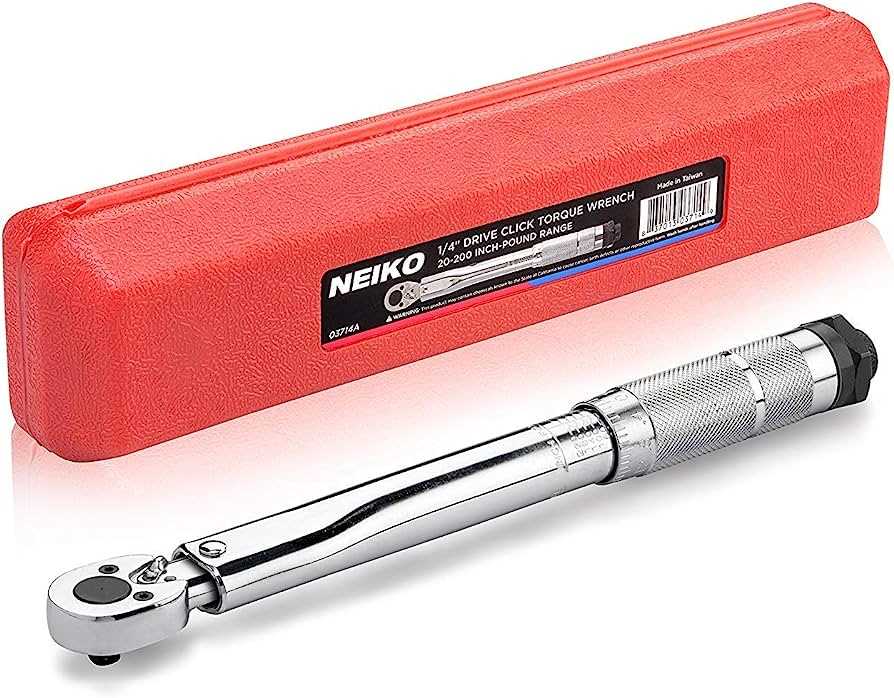
Hold the torque wrench firmly but without tightening your hand too much. A firm grip ensures that the tool doesn’t slip during use, while not squeezing it too tightly allows for easier manipulation and smooth operation.
2. Correct Body Position:
Position your body in a way that provides stability and control while using the torque wrench. Stand with your feet shoulder-width apart for a balanced stance, keeping your body weight evenly distributed. This will help you maintain control over the tool and prevent any unnecessary body movements that may affect the accuracy of the torque application.
3. Avoid Overextension:
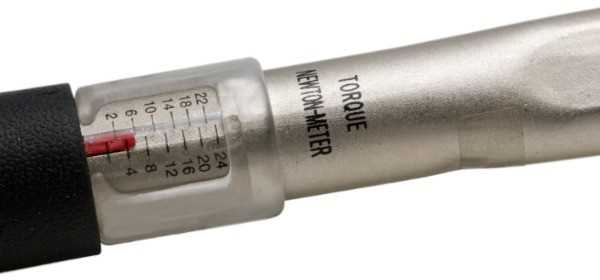
Avoid overextending your arms while using the inch-pound torque wrench. This not only puts unnecessary strain on your body but also increases the risk of decreased accuracy. Keep your arms comfortably close to your body, allowing for better control and precision during torque application.
4. Smooth and Steady Movement:
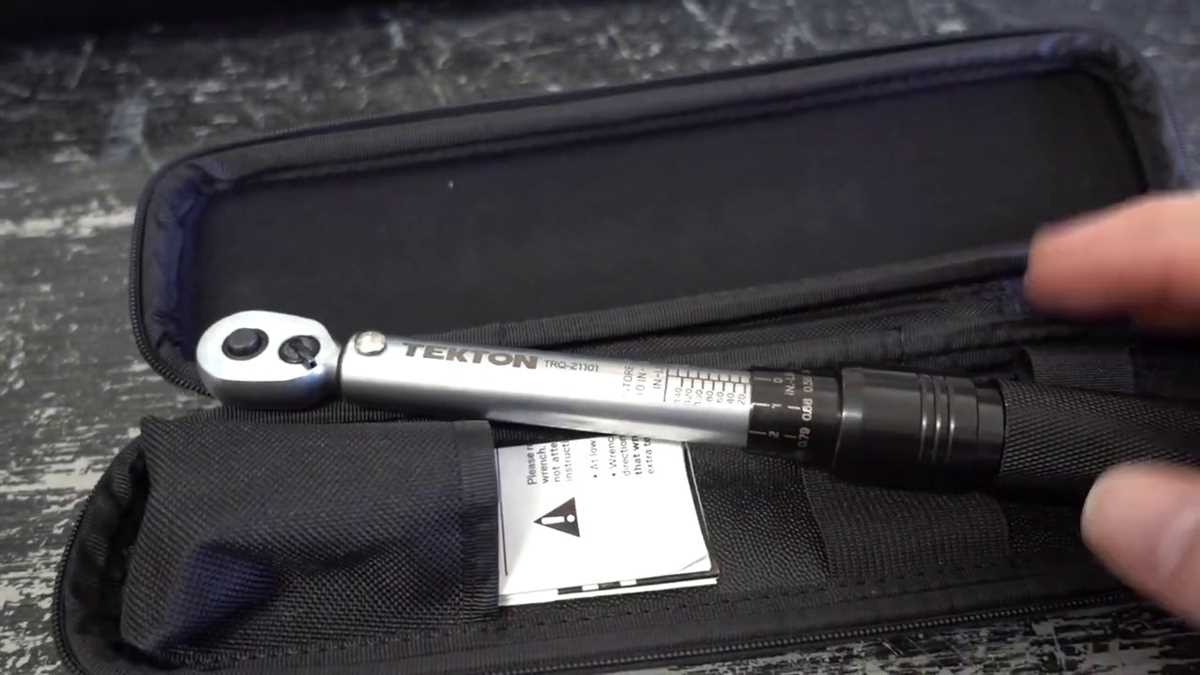
When applying torque with the wrench, use a smooth and steady motion to ensure consistent and accurate readings. Rapid or jerky movements can cause fluctuations in torque values, leading to incorrect tightening or potential damage.
5. Secure Socket Connection:
Always ensure a secure and proper connection between the torque wrench and the socket. Double-check that the socket is fully seated onto the wrench before applying torque. A loose or improperly connected socket can result in inaccurate torque measurement or even damage to the tool.
6. Clean and Store Properly:
After each use, clean the torque wrench thoroughly to remove any debris or contaminants that may affect its functionality. Store it in a cool and dry place, away from extreme temperatures or humidity, to maintain its accuracy and prolong its lifespan.
By following these proper handling and grip techniques, you can ensure accurate torque application and extend the lifespan of your inch pound torque wrench. Remember to always consult the manufacturer’s instructions and guidelines for specific handling and maintenance recommendations.
Using an Inch Pound Torque Wrench: Step-by-Step Guide
Step 1: Choose the Right Torque Wrench
Before using an inch pound torque wrench, make sure you have the correct tool for the job. Inch pound torque wrenches are designed to measure and apply torque in inch pounds, which makes them ideal for working with smaller, delicate parts. Ensure that the torque wrench you are using has a range suitable for the task at hand.
Step 2: Set the Desired Torque
Once you have the correct torque wrench, it’s time to set the desired torque value. Most torque wrenches will have an adjustment knob or dial that allows you to select the desired inch pound setting. Consult the manufacturer’s instructions to determine the correct torque value for the specific task you are working on.
Step 3: Attach the Torque Wrench
Attach the appropriate socket or socket adapter to the torque wrench. Make sure the connection is secure and that the socket fits properly onto the fastener you will be working with. A loose or improper fit can lead to inaccurate torque readings.
Step 4: Apply Torque
With the torque wrench properly set and the socket attached, it’s time to apply torque to the fastener. Slowly and steadily apply force to the handle of the torque wrench in the direction specified by the manufacturer. Keep your movements smooth and controlled to ensure accurate torque application.
Step 5: Listen and Feel for the Click
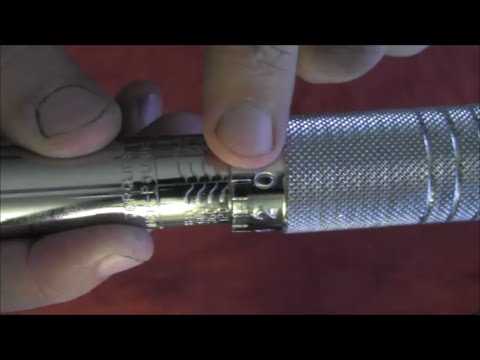
Many inch pound torque wrenches are designed with a click mechanism that alerts you when the desired torque has been reached. As you apply force to the torque wrench, listen and feel for a click sound or sensation. This indicates that the correct torque has been applied, and you can stop tightening the fastener.
Step 6: Release the Torque
After the click, release the torque wrench from the fastener. Avoid applying any additional force once the click has occurred, as this can lead to over-tightening. Over-tightening can cause damage to the fastener or the surrounding components.
Step 7: Repeat if Necessary
If you need to apply torque to multiple fasteners, repeat steps 3 to 6 for each one. Make sure to adjust the torque setting on the wrench as needed for each fastener.
Step 8: Store Properly
When you have finished using the inch pound torque wrench, store it properly to maintain its accuracy and longevity. Avoid dropping or mishandling the tool, and store it in a dry and clean environment.
Step 9: Regular Maintenance
Regularly inspect and maintain your inch pound torque wrench to ensure it remains in good working condition. Clean the tool after each use, and have it calibrated or serviced according to the manufacturer’s recommendations.
Step 10: Safety Precautions
While using an inch pound torque wrench, always follow proper safety precautions. Wear appropriate safety gear, such as gloves and safety glasses, and work in a well-lit and ventilated area. Be mindful of your surroundings and avoid overexertion when using the torque wrench.
By following these step-by-step instructions, you can effectively and safely use an inch pound torque wrench for various tasks that require precise torque measurements.
Maintenance and Storage of Inch Pound Torque Wrench
Cleaning the Inch Pound Torque Wrench
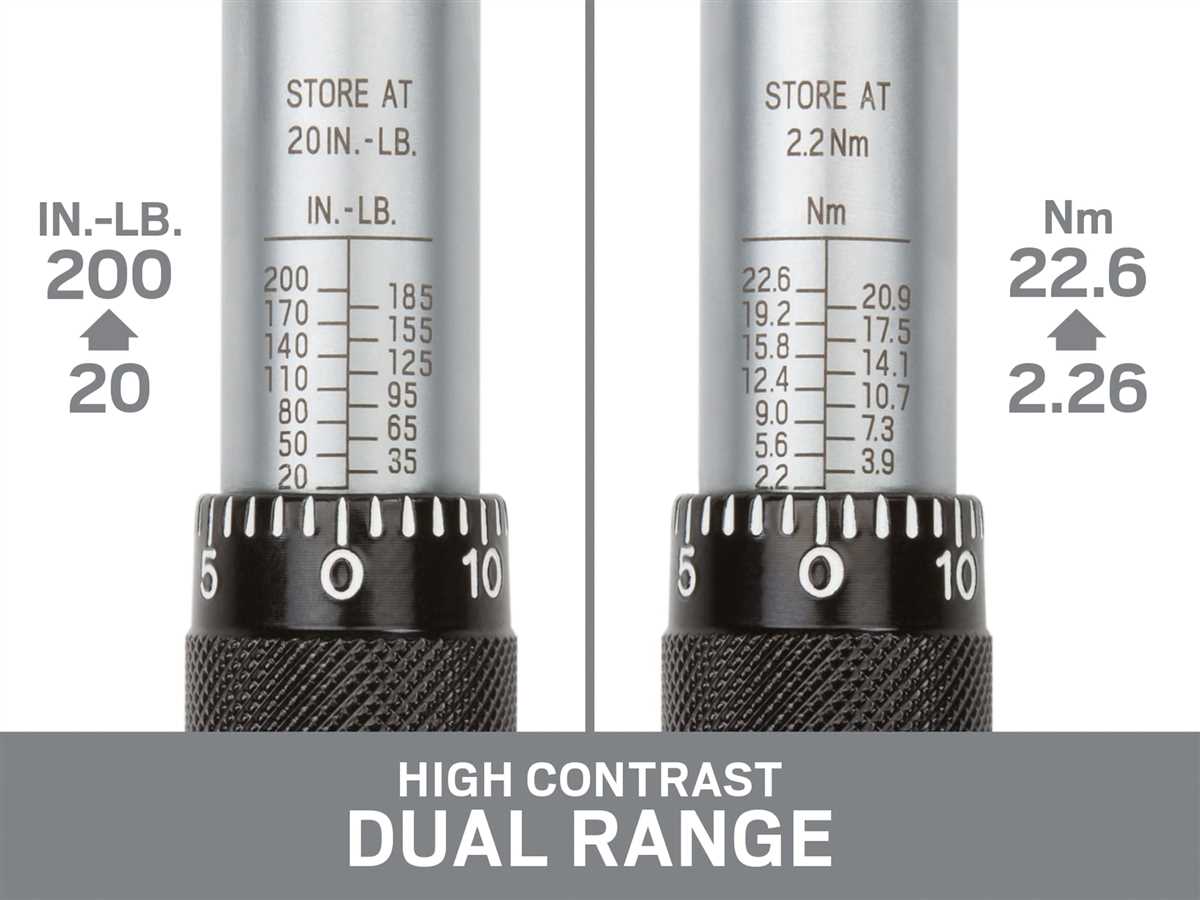
After each use, it is important to clean the inch pound torque wrench to ensure its proper functioning and longevity. Here is a step-by-step guide on how to clean your inch pound torque wrench:
- Start by wiping off any dirt or debris from the wrench using a clean, dry cloth.
- Next, use a mild detergent mixed with water to clean the exterior of the wrench. Avoid using solvents or corrosive chemicals as they may damage the wrench.
- Gently scrub the handle, grip, and other reachable surfaces with a soft brush or sponge to remove any stubborn dirt or grime.
- Rinse the wrench thoroughly with clean water to remove any soap residue.
- Dry the wrench completely using a clean, lint-free cloth.
Calibration and Maintenance Schedule
To ensure accurate torque readings, it is important to calibrate your inch pound torque wrench regularly. The frequency of calibration depends on the frequency of use and the manufacturer’s recommendations. It is generally recommended to calibrate the wrench annually or after a certain number of uses.
Along with calibration, regular maintenance is essential to keep your inch pound torque wrench in optimal condition. Here are some maintenance tasks you should perform:
- Inspect the wrench before each use for any visible signs of damage or wear.
- Check the wrench for loose or damaged parts and tighten or replace them as needed.
- Apply a few drops of oil to the moving parts of the wrench to ensure smooth operation.
- Store the wrench in a clean and dry place to prevent rust or corrosion.
Storage Tips
Proper storage of your inch pound torque wrench can significantly extend its lifespan. Here are some tips to help you store your wrench:
- Store the wrench in a protective case or a designated toolbox to shield it from dust, moisture, and other potential damages.
- Avoid storing the wrench near extreme temperature or humidity, as it can affect its accuracy and performance.
- Keep the wrench away from direct sunlight, chemicals, solvents, and corrosive substances.
- Hang the wrench vertically using a sturdy hook or place it on a flat surface to prevent any bending or warping of the tool.
Conclusion
By following these maintenance and storage tips, you can ensure that your inch pound torque wrench remains accurate, reliable, and in good working condition for years to come.
Safety Precautions when Using an Inch Pound Torque Wrench
Using an inch pound torque wrench requires careful attention to safety precautions in order to prevent accidents and damage. Here are some important safety tips to keep in mind:
- Read the manual: Before using an inch pound torque wrench, read the manufacturer’s manual carefully. Familiarize yourself with the instructions, safety guidelines, and any specific requirements or limitations for your particular model.
- Wear appropriate safety gear: Always wear safety glasses or goggles to protect your eyes from potential flying debris. Additionally, wear gloves to provide a better grip and protect your hands from sharp edges.
- Inspect the tool: Before using the torque wrench, inspect it for any damage or wear. Check for loose or missing parts, as well as signs of excessive wear or rust. Do not use a damaged or defective torque wrench.
- Choose the correct tool: Make sure you are using the correct inch pound torque wrench for the task at hand. Using the wrong tool can lead to over-tightening or under-tightening of fasteners, resulting in potential safety hazards or damage to equipment.
- Set the torque correctly: Double-check that the torque setting is appropriate for the specific application. Turning the wrench to the correct value helps ensure accurate and consistent tightening without exceeding the recommended torque limits.
- Apply slow and steady pressure: When using an inch pound torque wrench, apply pressure slowly and steadily to avoid sudden increases in torque. This can help prevent stripped threads, damage to fasteners, or overtightening.
- Use proper body mechanics: Maintain a stable stance and position your body in a way that allows comfortable and controlled use of the torque wrench. Avoid overreaching or twisting your body to reduce the risk of injury.
- Store the torque wrench properly: When not in use, store the torque wrench in a clean and dry place, protected from excessive heat, moisture, or impact. This helps preserve its accuracy and prolong its lifespan.
- Regularly maintain and calibrate: Follow the manufacturer’s recommendations for maintenance and calibration of your inch pound torque wrench. Regular maintenance ensures its accurate performance and prolongs its life.
By following these safety precautions, you can minimize the risk of accidents and use an inch pound torque wrench safely and effectively.
FAQ
What is an inch pound torque wrench?
An inch pound torque wrench is a specialized tool used for tightening and loosening fasteners with a specific amount of torque measured in inch pounds. It is commonly used in industries such as automotive, aerospace, and engineering.
Why do I need to use an inch pound torque wrench?
Using an inch pound torque wrench ensures that fasteners are tightened to the correct torque specification, which is important for maintaining the integrity and safety of a mechanical assembly. Improperly tightened fasteners can lead to loosening, failure, or damage to the assembly.
How does an inch pound torque wrench work?
An inch pound torque wrench features a handle, a torque setting mechanism, and a socket or bit attachment. When the handle is turned, a spring inside the wrench applies tension. When the desired torque setting is reached, the wrench will “click” or provide some other audible or tactile feedback to indicate that the proper torque has been achieved.
How do I use an inch pound torque wrench?
To use an inch pound torque wrench, start by setting the desired torque value on the wrench according to the specifications provided by the manufacturer. Attach the appropriate socket or bit to the wrench, then place the wrench on the fastener and apply force until the wrench clicks or provides the indicated feedback. Once the “click” is heard or felt, stop applying force.
Can I use an inch pound torque wrench for any type of fastener?
An inch pound torque wrench is designed for use with fasteners that require torque to be measured in inch pounds. It may not be suitable for use with fasteners that require torque measurements in foot pounds, newton meters, or other units of measurement. It is important to consult the manufacturer’s guidelines and specifications to ensure proper use.
What are some common mistakes to avoid when using an inch pound torque wrench?
Some common mistakes to avoid when using an inch pound torque wrench include: not setting the correct torque value, using the wrong unit of measurement, not ensuring the wrench is properly calibrated, applying force after the wrench has clicked, and not storing the wrench properly when not in use. It is important to read and understand the manufacturer’s instructions and guidelines to minimize mistakes and ensure accurate torque application.
Is there a difference between an inch pound torque wrench and a foot pound torque wrench?
Yes, there is a difference between an inch pound torque wrench and a foot pound torque wrench. The main difference is the unit of measurement used to determine the torque. An inch pound torque wrench measures torque in inch pounds, while a foot pound torque wrench measures torque in foot pounds. It is important to use the correct tool and unit of measurement for the specific application and fastener requirements.











